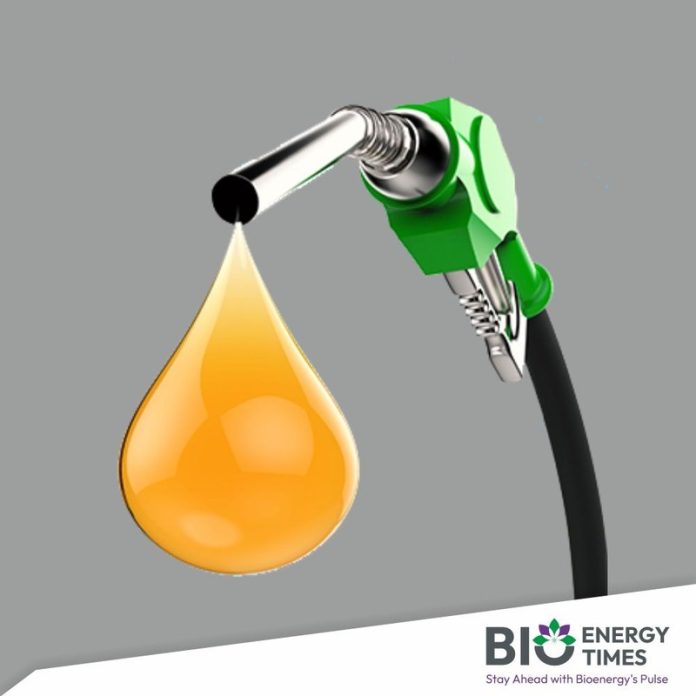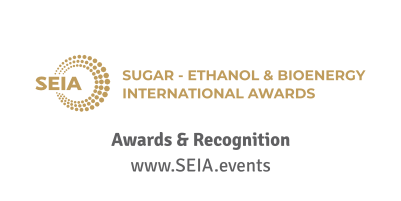India reached a significant milestone last month by achieving 20% ethanol blending in petrol, ahead of its planned timeline, announced Hardeep Singh Puri, Minister of Petroleum and Natural Gas, during the Open Acreage Licensing Policy (OALP) Round-IX and Special Discovered Small Field (DSF) Signing Ceremony.He said, “India’s biofuel story is well known. We had 1.4% ethanol blending in 2014, and last month, we completed 20% blending—six years in advance.”
Reacting to news of government plans for increasing ethanol blending to 30 per cent by 2030, he said, “Yes, that is broadly the direction we are heading in, but still we have a lot of homework to do.”
The National Policy on Biofuels – 2018, revised in 2022, advanced the target for 20% ethanol blending in petrol to the Ethanol Supply Year (ESY) 2025-26, shifting it from the original 2030 target. Public Sector Oil Marketing Companies (OMCs) achieved the 10% ethanol blending target in June 2022, five months ahead of the ESY 2021-22 goal. The blending percentage increased further to 12.06% in ESY 2022-23 and reached 14.60% in ESY 2023-24.
Puri emphasized that through investor-friendly reforms, efficient approvals, scientific advancements, and a strong commitment to sustainability, India is progressively building a resilient energy ecosystem aligned with the vision of “Viksit Bharat.”
With India currently dependent on imports for 88% of its crude oil and 50% of its natural gas, the need for domestic exploration and production is more urgent than ever. As the Minister highlighted, “In the next two decades, 25% of the world’s incremental energy demand will come from India.”
Looking back, Puri acknowledged the challenges faced by India’s upstream sector between 2006 and 2016, a “dull decade” marked by policy stagnation and procedural delays, which led to the exit of global energy giants like BG, ENI, and Santos. However, he stressed that the situation has changed. “We were determined to unlock India’s untapped energy potential, estimated at around 42 billion tonnes of oil and oil equivalent gas,” he said.
To achieve this, the government has implemented a series of transformative reforms over the past decade. A key achievement has been the expansion of exploration activities, with the explored area of India’s sedimentary basins increasing from 6% in 2014 to 10% today, with a target to reach 15%. The Minister reaffirmed the government’s commitment to increasing exploration acreage to 1 million square kilometers by 2030, highlighting the dramatic 99% reduction in “No-Go” areas within India’s Exclusive Economic Zone (EEZ).
For detailed information and further insights, please refer to BioEnergyTimes.com, which provides the latest news about the Ethanol Industry















